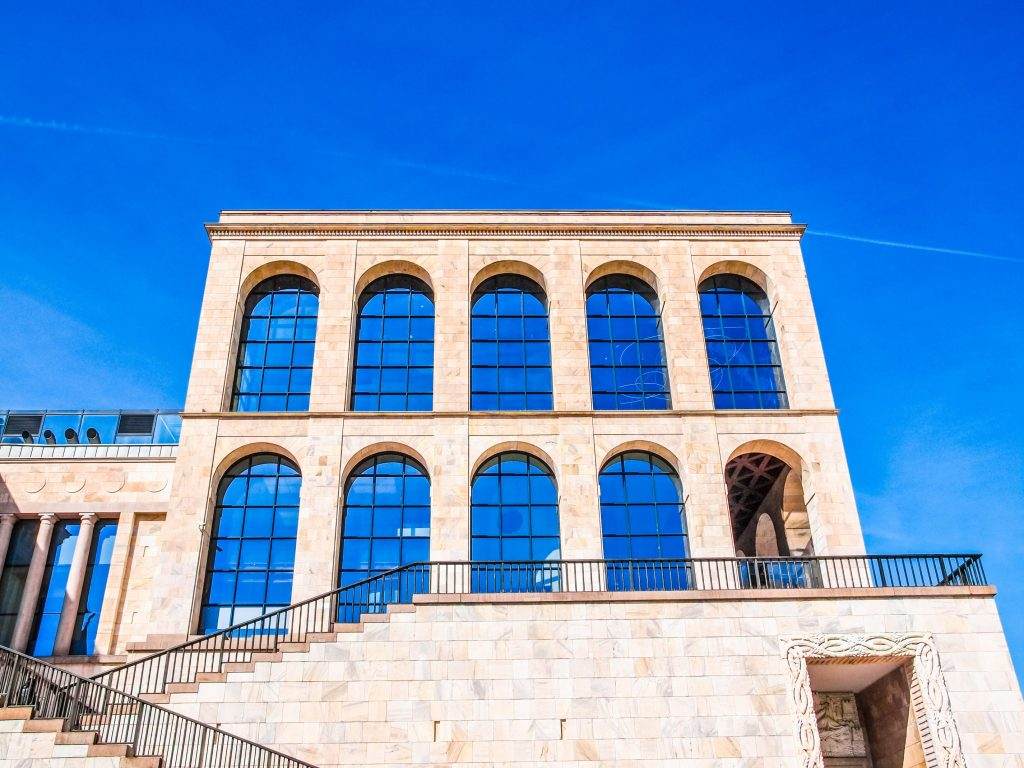16 Jun Culture in the heart of Milan
Milan is not just fashion, fun and clubs, but is also, and above all, history, culture and ancient beauty. Today we'll bring you to discover some of the most important and charming museums of our city.
Brera district is one of the most magical areas in Milan where time seems to stop. Houses are smaller, more colorful and the streets are narrow, and in this context we'll find our first museum: the Pinacoteca di Brera. It was officially established in 1809 with educational purposes, alongside the Academy of Fine Arts, commissioned by Maria Teresa of Austria. The building as a whole had to be a collection of exemplary works, dedicated to the training of students.
When Milan became the capital of the the Italian Kingdom, the collection, by the will of Napoleon, turned into a museum meant to expose the most significant paintings from all territories conquered by the French armies. In this way Brera, unlike other large Italian museums, such as the Uffizi Gallery, doesn’t come from the private collections of princes and aristocracy, but from the political and the state ones.
Moving towards Piazza Scala we can find Gallerie D’Italia, inaugurated in 2011. The Piazza Scala Galleries are located in a unique architectural complex consisting of palaces, courtyards and gardens situated in the heart of Milan. Symbols themselves of the history of the city, these buildings were designed by the most important Italian architects between the late Eighteenth and the early Twentieth Century. The museum dedicated to the Nineteenth century is the result of the collaboration of Fondazione Cariplo and Intesa Sanpaolo, with 197 masterpieces along a path that starts with the bas-reliefs by Canova and ends with Boccioni’s works.
Since 2010, the Arengario Palace is the location of the Museo del Novecento, in Piazza Duomo. The transformation of the building comes from the need to reorganize the structure of the Milan Arts Civic Collections around two distinct poles: one for the Nineteenth-century collections, in the historical site of Villa Reale, and the other one dedicated to the works of the Twentieth century, whose headquarters are indeed found in the Arengario. The large spiral ramp inside the structure is the most significant architectural figure in the museum: a functional element that connects different floors of the tower, from the underground level to the charming terrace on the Duomo.

In Montenapoleone area we’ll find the Bagatti Valsecchi Museum: an extraordinary house-museum that is the result of a collector event in the late Nineteenth century, with two brothers as the protagonists: the Barons Fausto and Giuseppe Bagatti Valsecchi. Since the ‘80s of the Nineteenth century, the two brothers started restructuring the family home in the heart of Milan, between Via Gesù and Via Santo Spirito. Simultaneously, they began to collect paintings and art artifacts of the Fifteenth and Sixteenth century with the intention to set them up in their home, taking inspiration by the homes of the Lombard Sixteenth century.
The Foundation, created by them, has allowed to keep their project alive, to open the doors to curious visitors and promote the study and knowledge of the art and history of Milan.
Whatever the museum you want to visit, we are sure that you will be excited and discover Milan from both point of view, new and ancient.

